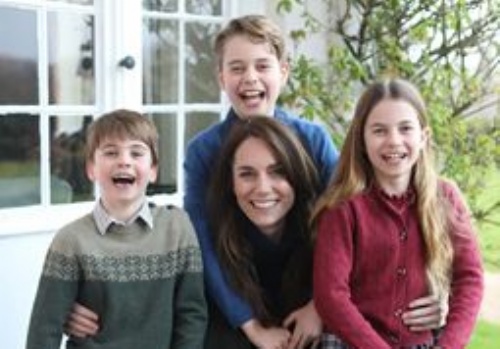A genuine fake?

I imagine that many of us were somewhat intrigued by the withdrawal by photo agencies of the Mother’s Day picture of the Princess of Wales and her children because of likely manipulation. She later apologised over any confusion caused, saying she herself had edited aspects.
The Princess’s amateur photo-shop efforts are very different from the AI tools and apps now capable of producing ‘deepfake’ images or videos. No more can we say: “The camera never lies.” Convincing pictures of Donald Trump surrounded by black people, including one where he is sitting on a step with a group of young black men (having apparently stopped his motorcade to pose with them) are being circulated by his fans to entice black voters. ‘X’ recently blocked some Taylor Swift searches as pornographic deepfake images of her circulated online. A finance worker in Hong Kong was tricked into paying $25m by fraudsters posing as his company’s London-based chief financial officer on a video call using deepfake technology. The worker took part in a call in which he believed that several members of the staff were present, but they were all deepfake recreations, according to Hong Kong police.
We know that our young people can be very self-conscious in their teenage years, and this is not helped by the many airbrushed and idealised images with which they are bombarded online. We are also aware of their vulnerability to being duped by malevolent adults who might pose as teenagers in order to persuade children to send nude images or personal information and who then attempt to blackmail them.
This is a complex world in which we have to teach our children to be suspicious, to understand that all is not as it seems, and that you cannot trust others necessarily to be genuine. And in which nothing less than an idealised online version of yourself and your life will do.
What can we do as adults to help our children? Perhaps we can start by doing our best to role-model genuine behaviour, being true to ourselves and our values, being ‘comfortable in our own skins’ and accepting our youngsters for who they are and for the many qualities they possess. I genuinely believe that we can all then be happier and more trusting, as not many of us actually want to have to pretend.
Returning to the photo of the Princess and her three children, George, Charlotte and Louis: whatever we think of the royal family, and regardless of the small photo-shop edits, the children look genuinely and naturally very happy – and you can’t fake that.
Best wishes,

John Watson
Headmaster




